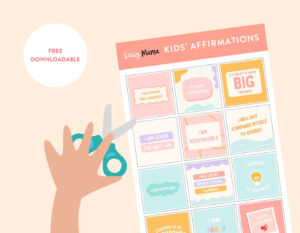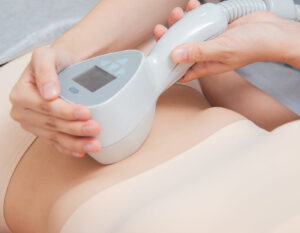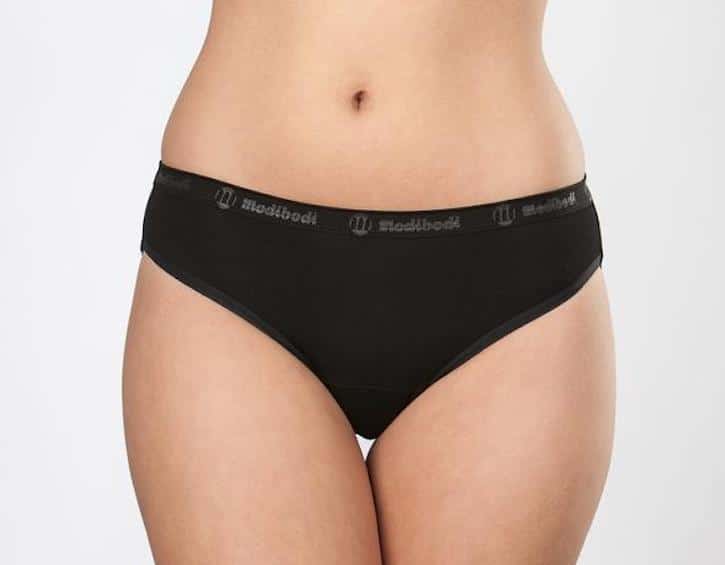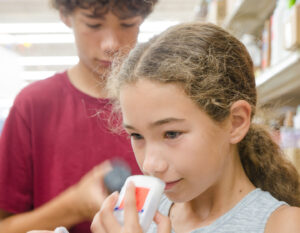
 Post Category - ParentingParenting - Post Category - Tweens & TeensTweens & Teens
Post Category - ParentingParenting - Post Category - Tweens & TeensTweens & Teens Post Category - Health & WellnessHealth & Wellness - Post Category - WellnessWellness
Post Category - Health & WellnessHealth & Wellness - Post Category - WellnessWellnessTalking periods and menstruation with your teen (or tween) can be tricky business.
Whether it’s explaining what exactly is happening to her body or dealing with her mood swings, your daughter’s first period can be as hard on you as it is on her. Here are the basics that young girls need to know (and maybe you could do with a refresher too!) about their monthly cycles.
Read more: Your Menstrual Health And Unusual Symptoms To Watch Out For
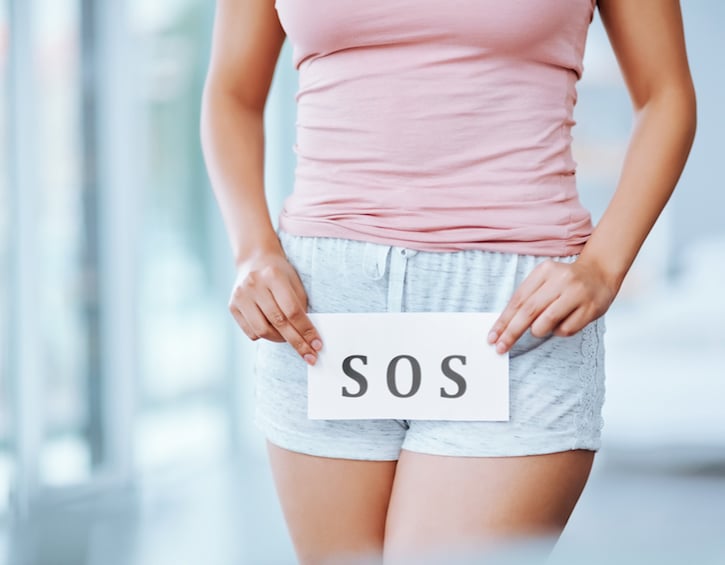
Why do we call it menstruation?
The words “period” and “menses” are interchangeable. The word menses has the same root word, “mens” as the words month and moon. This is because women’s cycles once were synchronised with the moon. Just like the moon takes 29.5 days to travel around the earth (to create one month), the average period cycle lasts 29.5 days too. In fact, our ovulation is influenced by the light of the full moon.
Some basic anatomy…
Let’s start with the often misnamed, vulva. Many people will call the vulva the vagina. However, your vagina is actually the internal canal that leads to your cervix and your uterus. The vulva is an area outside the body, which includes the outer labia (or lips) and the inner labia.
Every vulva includes three openings. In order from top to bottom, these are the urethral opening (where you urinate from), the introitus (this is the entry into the reproductive system) and the anus (the opening at the end of your digestive system). Above your urethra is the clitoris and clitoral hood.
Through the introitus (the middle of the three openings) we enter into the female reproductive system. Some women will have a hymen covering the opening, however, it is very commonly broken by regular activity (cycling, horse-riding, running, etc.). Going up further, we have the vaginal canal, the length of which varies greatly from woman to woman (it also extends in length when you are aroused). At the end of the vagina is the cervix.
There is an opening in the cervix which is small and through that is the uterus. There are two arm-like fallopian tubes attached to the top uterus. These two tubes lead out to your two ovaries (one on the left and the other on the right). The ovaries are not attached to the tubes, but directly to the uterus.
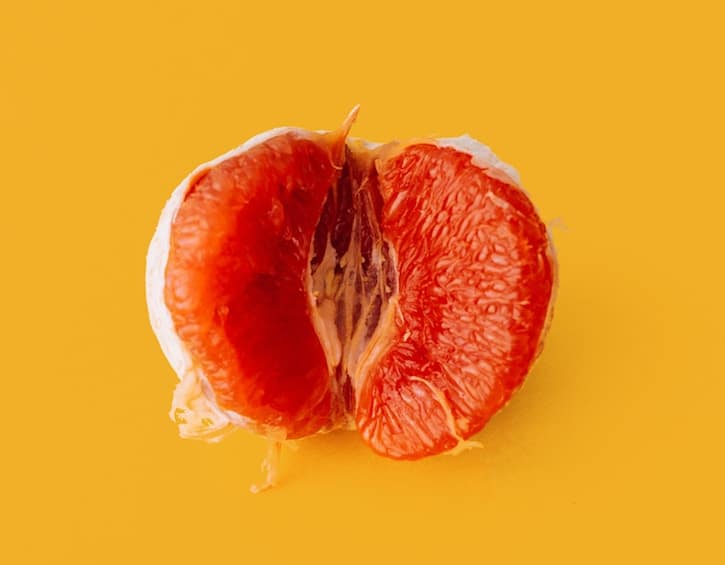
Some fun female facts!
The size of the clitoris has been recently discovered to be much larger than previously believed. The clitoris has four extensions: two bulbs and two crura which extend internally and surround the vaginal canal.
Your vulva is as unique to you as your face. A British artist created an art exhibition called “The Great Wall of Vulva” displaying plaster casts of the vulvas of over 100 women. Even identical twins had vulvas that looked vastly different!
Read more: How To Coach Your Teens Through Tough Times And Problem Behaviour
What exactly is menstruation?
Each month, one of your ovaries releases an egg. There are hairlike projections at the ends of the fallopian tubes which direct the egg towards the opening of the fallopian tube and into your uterus.
The walls of the uterus are where your period blood builds. It is this cosy uterine lining which allows a newly-fertilised egg to find a nice place to nest and develop into a foetus and a baby (when the time comes!). However, in a regular cycle of your period, the endometrial lining is shed. This shedding of blood is called your period.
What is happening to your body during your menstrual cycle?
Let’s start by understanding how we track a full cycle of our periods.
The first day of your period is called Day One. One full cycle goes from day one to the next day one (which could be be as short as 23 days or as long as 32 days).
The first part of your cycle is called the follicular phase (when a follicle releases your egg from your ovary). Each month, when your cycle is healthy and normal you will have an ovulation day. This day is around the middle of the cycle, so in a 30-day cycle, it would be around day 15. However, ovulation is not the same for every woman. During this part of your cycle, the egg is being prepped for launch from the ovary.
Once the egg is released, the follicle that is left behind is called the “corpus luteum” (CL) or Luteal Phase. The CL produces the super-important hormone, progesterone. Progesterone helps prepare your uterus for implantation. This is the point in your cycle when you are most fertile so if you’re not planning a baby, be careful and be sure to use protection if you are sexually active (tough as it may be, you need to explain this to your daughters too!).
When the egg isn’t fertilised, the uterine lining thickens and sheds, marking the first day of your next cycle.
Read more: 5 Of The Best Period Tracker Apps: Which Is Right For You?
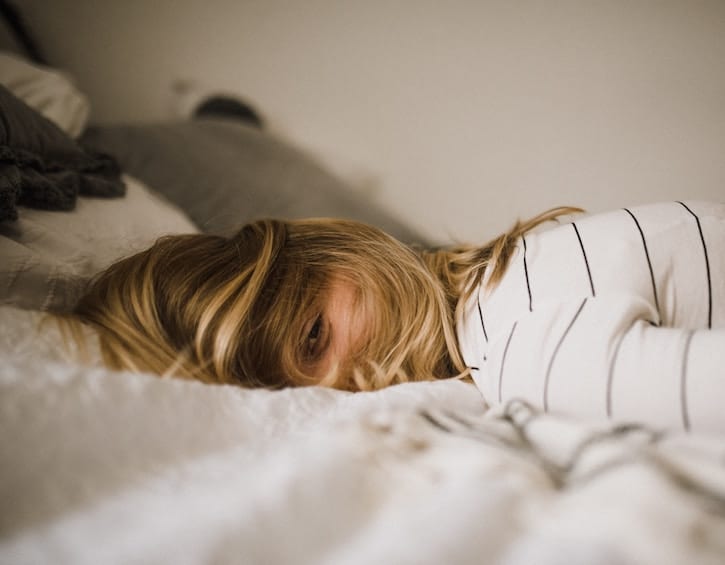
Symptoms of your period and easy remedies
Menstruation can bring with it hormonal imbalances causing fluid retention, headaches, fatigue, irritability and cramping. Thankfully, there are some things you can do to ease the symptoms.
Anti-inflammatory foods
Your body is in an inflammatory state. Meaning that it is over-reacting to everything. There is the normal release of prostaglandins to cause ovulation and your period flow. However, when you have too many inflammatory foods, a stressful lifestyle and poor sleep habits, your body will suffer. Consider anti-inflammatory foods like ginger and turmeric. Take a meditation class to relax. And get good sleep.
Get a good night’s sleep
Teenagers who love to stay up late chatting on their phones need to know that without good sleep, nothing works. Your hormones are strapped to the pattern of light and darkness. When you start to meddle with your sleep times, you end up affecting cortisol, estrogen, melatonin, thyroxine and more. So, get some sleep. Go to bed before 11pm and rise at the same time every morning. If you are a night owl, try using small increments of 15 minutes when you are re-training yourself to get rid of that nasty 2am-to-bed habit.
Eat hormone-free foods and avoid plastics and other environmental toxins
Contact with synthetic chemicals will influence the amount of estrogen in your system. Consider removing as many toxic cleaning products and skincare products as possible. You could also reduce the amount of meat you eat.
Take a look at all the plastics you are in contact with each day – grooming products, bagged vegetables, overwrapped tea bags, etc. Are you drinking all your water from plastic bottles? Buy a water filter for your tap at home and re-fill your metal/glass bottle for drinking water.
Read more: Women’s Health: All You Need To Know About Endometriosis
Remember self-love, respect and care
As women, we have a responsibility to care for and understand the functions of our bodies. Our bodies are constantly giving us signals when things are out of balance. When you know your cycle really well, you can understand very quickly when things are not normal.
Period products
There are so many more period products out there than when we mamas were growing up!
Pads
Pads (or sanitary napkins) use absorbent material and stick to your underwear. They come in different sizes for different flow levels and some have flaps that fold over the sides of your underwear to protect from leaks or stains. You need to change your pad every few hours and dispose of appropriately.
Tampons
Tampons are like little cotton plugs that are inserted into the vagina to soak up menstrual blood. They are held in place by muscles (that you don’t even know you’re using!) and when used correctly can’t even be felt. When you wear a tampon, you can still go swimming and participate in water-based activities.
All tampons need to be removed every four hours to avoid Toxic Shock Syndrome and disposed of correctly (never flush down the toilet!).
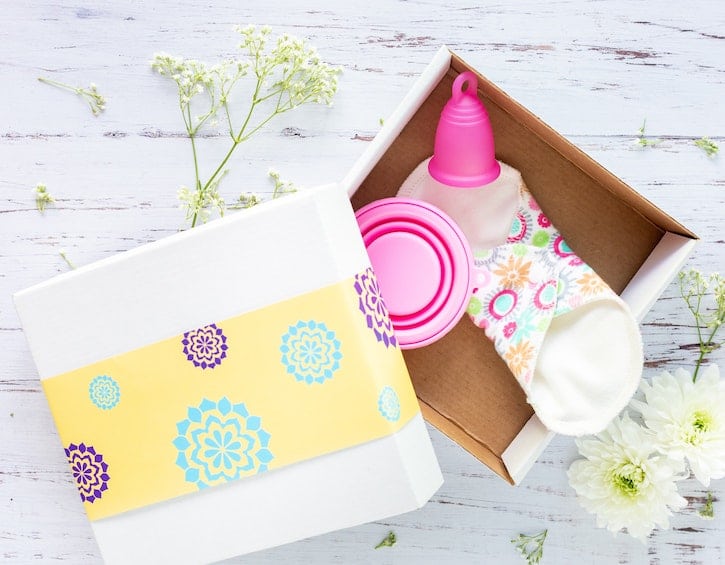
Environmentally-friendly options
There are some very good eco-products that can be used to manage your flow. Many of these have been around for ages in different forms.
The menstrual cup was actually invented in 1937 by an American Actress, Leona Chalmers, but has regained popularity recently. I have found the more flexible cups are most comfy. There are different shapes and sizes depending on your own shape and size. V-shape for a high cervix and bell-shaped cups for a lower cervix. A big advantage of the menstrual cup is that it can be left for up to 12 hours, meaning you only have to deal with your flow twice a day!
There are also flannel menstrual pads. These can be reused and are very gentle on the body. Store them in a waterproof bag when you are out and about, and rinse thoroughly when you get home, then put in the wash. Many are available online, or visit LiveZero and chat to the friendly staff about the best options for you.
Read more: It’s That Time Of The Month: Where To Get What You Need, When You Need It
 View All
View All


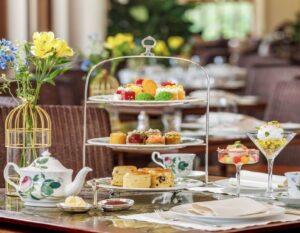








 View All
View All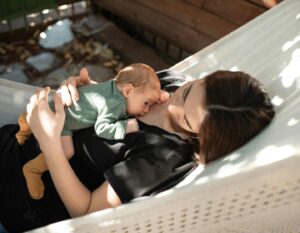





 View All
View All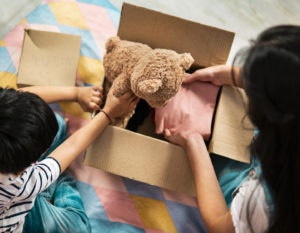

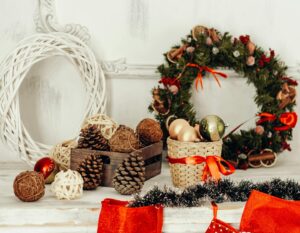
 View All
View All
